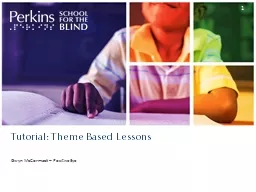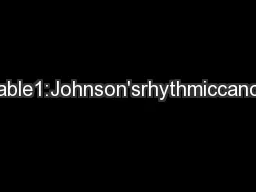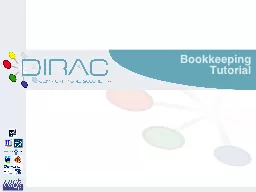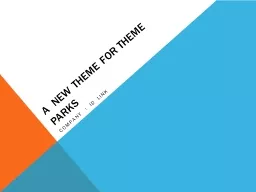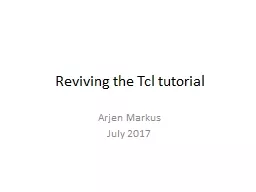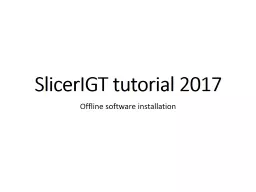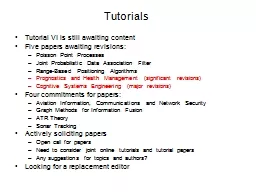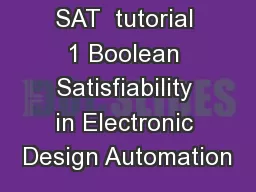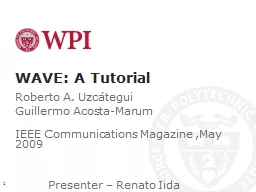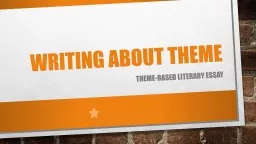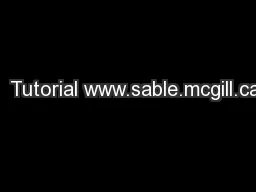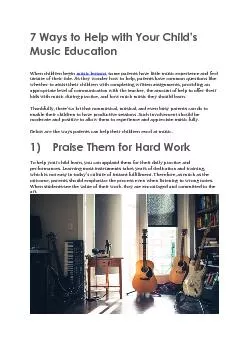PPT-Tutorial: Theme Based Lessons
Author : cheryl-pisano | Published Date : 2017-05-03
Gwyn McCormack Positive Eye Introduction During their first few years of life the sighted child is exposed to a vast range of visual symbols that convey meaning
Presentation Embed Code
Download Presentation
Download Presentation The PPT/PDF document "Tutorial: Theme Based Lessons" is the property of its rightful owner. Permission is granted to download and print the materials on this website for personal, non-commercial use only, and to display it on your personal computer provided you do not modify the materials and that you retain all copyright notices contained in the materials. By downloading content from our website, you accept the terms of this agreement.
Tutorial: Theme Based Lessons: Transcript
Download Rules Of Document
"Tutorial: Theme Based Lessons"The content belongs to its owner. You may download and print it for personal use, without modification, and keep all copyright notices. By downloading, you agree to these terms.
Related Documents

